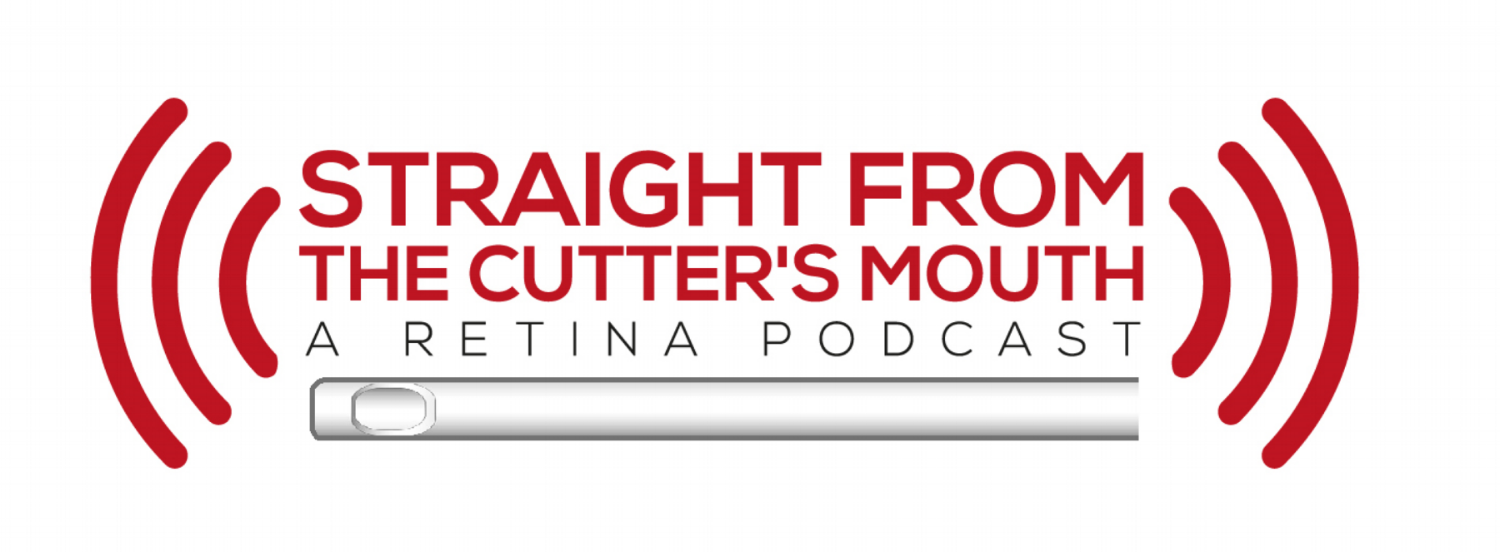Lessons from our Pupils: A Reflection [Podcast Episode 155]
During Episode 155 (LINK), Jay was joined by Dr. Jacque Duncan of the University of California San Francisco. One of the topics discussed was the Argus II prosthesis and how it can affect the quality of life of a patient. Today we are going to review how this device can help a patient with profound vision loss.
In retinal diseases like age-related macular degeneration and retinitis pigmentosa, retinal photoreceptors degenerate. Without these cells, light cannot be converted into electrical energy that transmits signals to the visual cortex and results in the ability to see. Artificial vision aims to restore sight by electrically stimulating the retina. Interestingly, the idea of artificial vision began in 1752 when Benjamin Franklin theorized that the use of electricity could restore vision. In 1755 a French scientist named Charles Leroy tested this theory by applying electrical current across the ocular surface to a blind volunteer that reportedly saw flashes of light. As the fields of microelectronics and vitreo-retinal surgery developed, research into devices that could potentially restore vision began.
The Argus II prosthesis is an epiretinal implant designed to replace photoreceptor function. It consists of an implanted unit and an external one worn by the user. The internal unit is composed of 60 individual electrodes arranged in a rectangular array (Figure 1) that receives power and data from the external unit.
Figure 1
The external unit has a camera mounted on a pair of glasses, with a video processing unit and battery (Figure 2). The system works by capturing a scene with the camera, that is then analyzed by the video processing unit, which transfers electronic data to the electrode array to stimulate retinal cells.
Figure 2
This device provides a new type of visual stimulation so it is important for patients to understand what they will be able to see after implantation. While they will not (yet) be able to read, drive, or recognize faces, the use of this prosthesis will allow them to localize objects and identify movements. To determine how the use of this prosthesis changed the quality of life of patients FLORA, or Functional Low-Vision Observer Rated Assessment, was developed. This survey reported that no patients experienced a negative effect, and after 1 year of use 80% of patients reported a positive impact.
Argus II is just one of the devices being studied for the restoration of vision. The field of artificial vision is rapidly advancing, and different kind of prosthesis are currently under development. Groups have demonstrated that some vision restoration is already possible, while continuing to work to improve the results. Simultaneously, other modalities like genetic therapy are being studied to achieve the same goal. It will be interesting to see how and if separate therapies can work together to restore functional vision.
-Amy Kloosterboer


